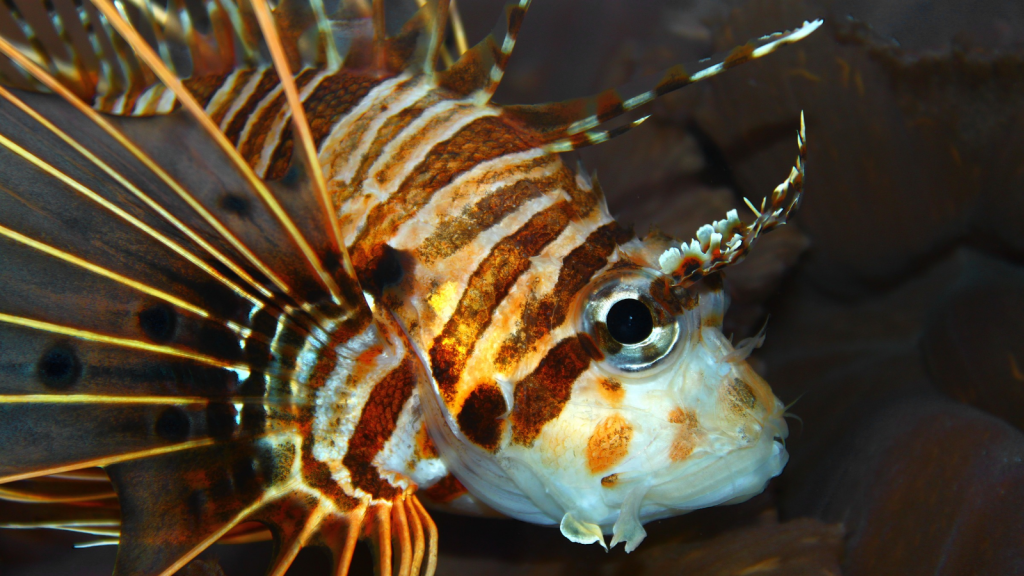Lagoons, those shallow bodies of water separated from larger bodies by barriers, hold secrets beneath their calm surfaces. These unique ecosystems are home to a variety of creatures, some of which pack a deadly punch. From tiny toxic organisms to larger predators, lagoons harbor life forms that have evolved remarkable ways to hunt or defend themselves. Many of these creatures are masters of camouflage, blending seamlessly into their surroundings. Others possess potent venoms or razor-sharp defenses. Here’s a look at 15 lethal lagoon dwellers that might surprise you.
Blue-Ringed Octopus
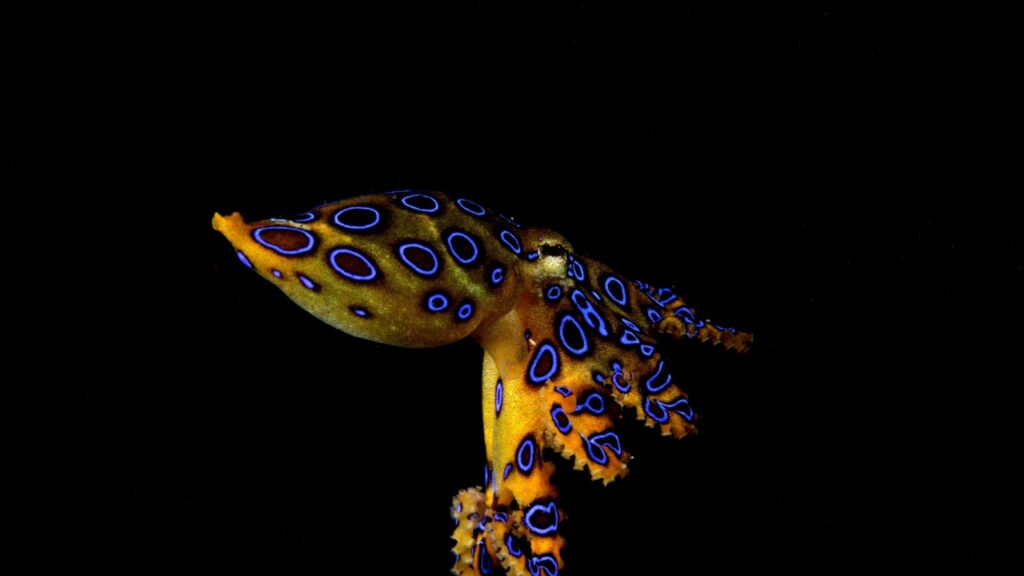
This small cephalopod may look cute, but it’s one of the most venomous marine animals in the world. Found in tide pools and lagoons of the Pacific and Indian Oceans, the blue-ringed octopus is only about the size of a golf ball. Its bite can cause paralysis and respiratory failure in humans within minutes. The octopus’s bright blue rings serve as a warning to potential predators. Remarkably, blue-ringed octopuses are immune to their own venom, which they produce in special glands and deliver through their beak-like mouths.
Stonefish
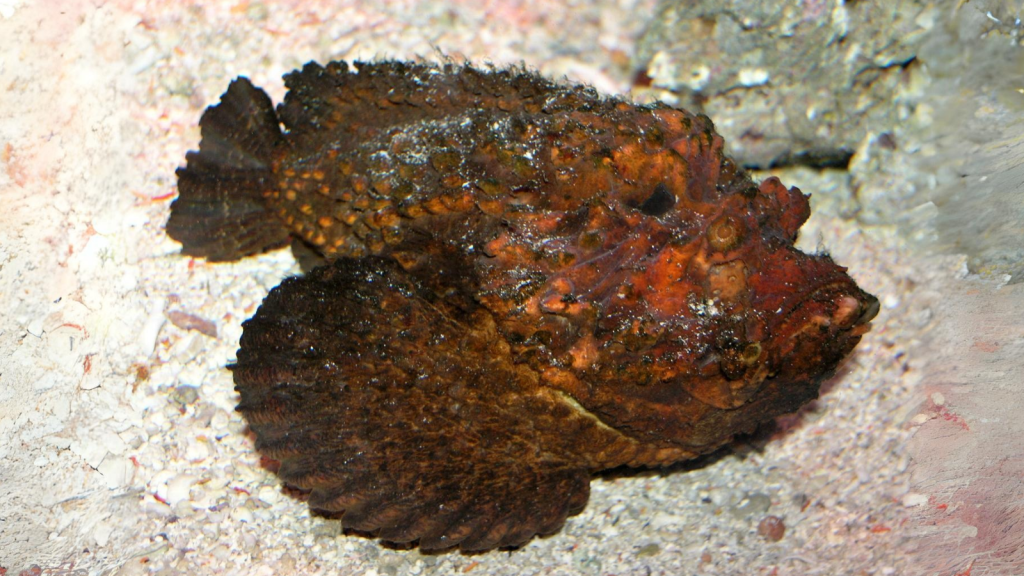
Masters of disguise, stonefish are found in coastal lagoons and reef areas. They look just like encrusted rocks, making them nearly impossible to spot. Stonefish have 13 sharp spines on their back, each containing potent venom. Stepping on a stonefish can cause excruciating pain, swelling, and in severe cases, paralysis or death if left untreated. Stonefish venom is heat-labile, meaning it breaks down under high temperatures, which is why hot water immersion is often used as a first aid treatment for stings.
Cone Snail
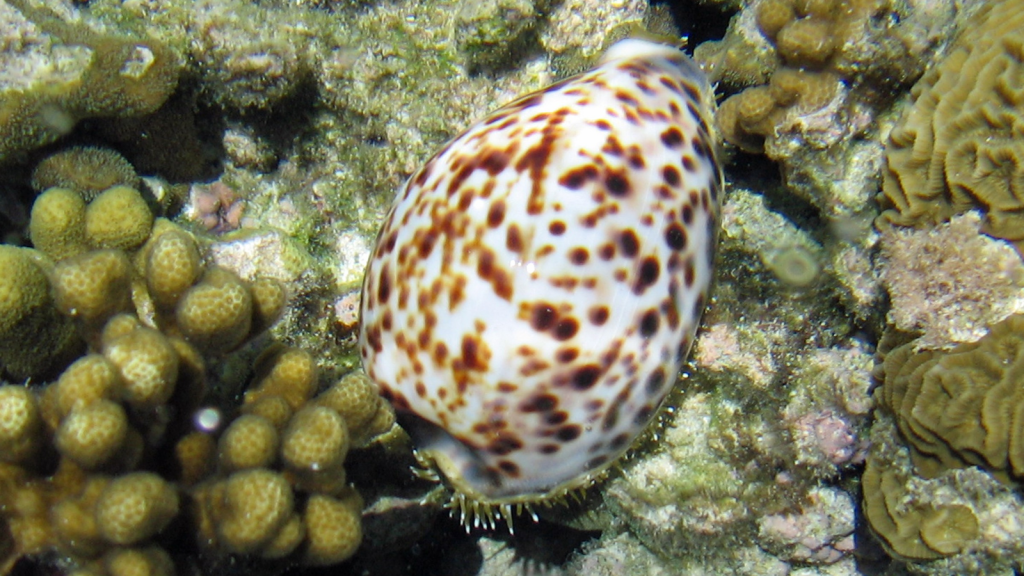
These beautiful shells hide a deadly secret. Cone snails, found in tropical lagoons, use a harpoon-like tooth to inject venom into their prey. Some species have venom potent enough to kill humans. The snail’s venom is a complex mixture of hundreds of different toxins, some of which are being studied for potential medical uses. Cone snails can extend their proboscis up to their own body length to strike at passing fish, making them surprisingly effective predators despite their slow movement.
Box Jellyfish

Often found in the calm waters of tropical lagoons, box jellyfish are nearly invisible in the water. Their tentacles can grow up to 10 feet long and are covered in tiny, venom-filled darts. A single box jellyfish carries enough venom to kill 60 adult humans. Their sting causes immediate and intense pain, often leading to shock and drowning. Box jellyfish are unique among jellyfish in having complex eyes with lenses, corneas, and retinas, allowing them to actively hunt their prey.
Lionfish
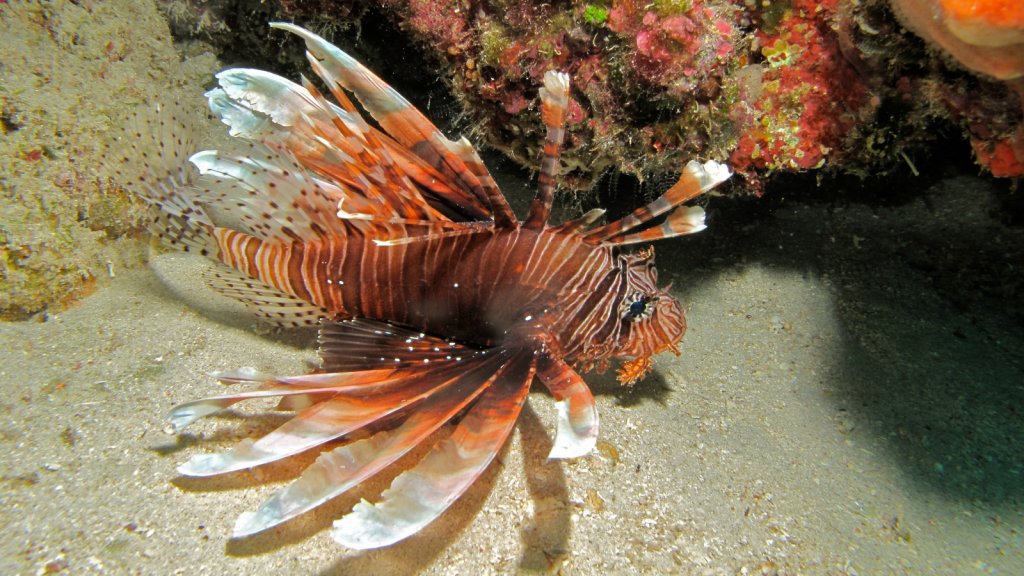
With their striking appearance and venomous spines, lionfish are both beautiful and dangerous. Native to the Indo-Pacific, they’ve become invasive in many tropical lagoons worldwide. Their venom causes intense pain, swelling, and in rare cases, paralysis or death. Lionfish are voracious predators, capable of decimating local fish populations. These fish can consume prey up to half their own body length, thanks to their highly elastic stomachs and ability to expand their mouths.
Fire Coral

Despite its name, fire coral isn’t actually a coral but a marine organism related to jellyfish. It forms reef-like structures in shallow lagoons. Fire coral has tiny stinging cells that can cause a burning sensation on contact, hence its name. In some people, it can cause severe allergic reactions, blistering, and even systemic effects. Fire corals are capable of both sexual and asexual reproduction, allowing them to spread rapidly in favorable conditions.
Saltwater Crocodile
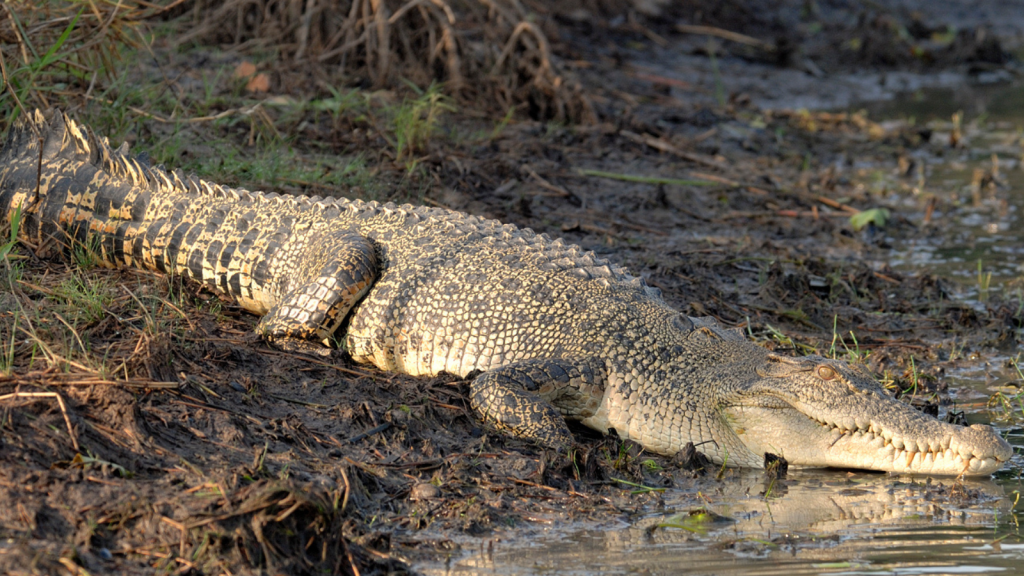
The largest living reptile, saltwater crocodiles sometimes inhabit coastal lagoons. They can grow up to 23 feet long and weigh over a ton. These apex predators have the strongest bite force of any animal alive today. Saltwater crocodiles are known for their aggressive behavior and have been responsible for human fatalities. Their excellent swimming ability, coupled with their ability to survive in both fresh and saltwater, allows them to travel long distances across open ocean, sometimes ending up in unexpected locations.
Blue-Banded Sea Krait
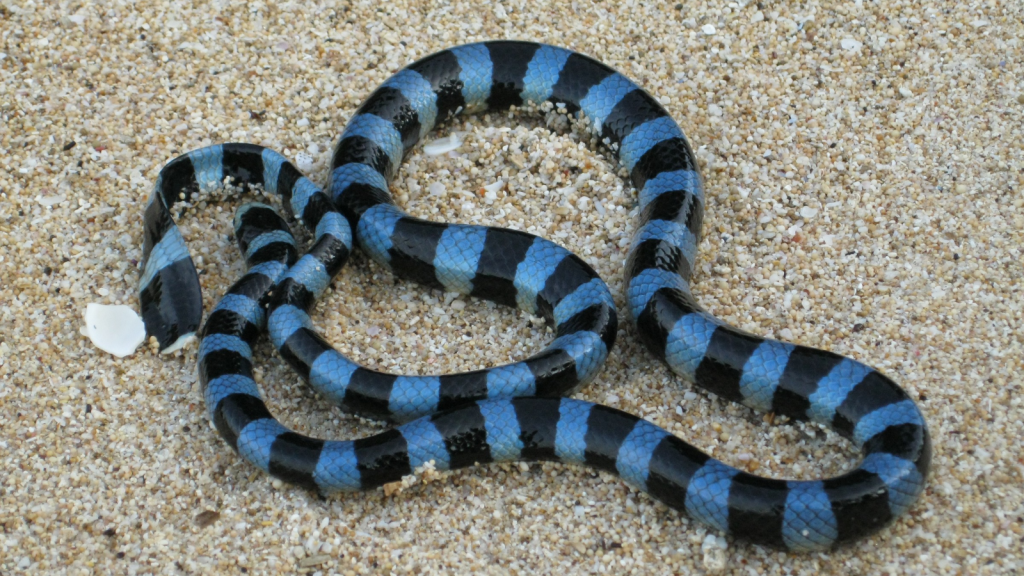
This striking sea snake, with its blue and black bands, is often found in lagoons of the western Pacific and Indian Oceans. While generally docile, its venom is 10 times more potent than a cobra’s. Blue-banded sea kraits must return to land to lay their eggs, making them unique among sea snakes. These snakes have evolved a specialized scale under their nostrils that acts as a valve, allowing them to seal their nostrils shut when diving.
Stinging Hydroid
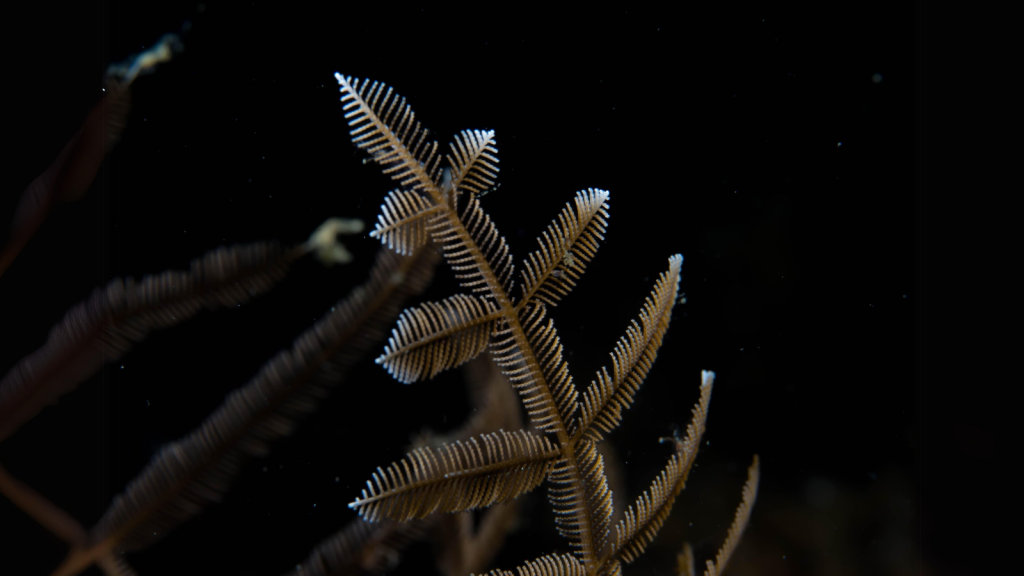
These tiny organisms look like underwater plants but are actually colonies of predatory animals. Stinging hydroids have nematocysts (stinging cells) that can cause painful welts on human skin. In some species, these stings can cause severe allergic reactions. They’re often found growing on rocks or other surfaces in shallow lagoon waters. Stinging hydroids exhibit alternation of generations, switching between a sessile polyp stage and a free-swimming medusa stage during their life cycle.
Needlefish
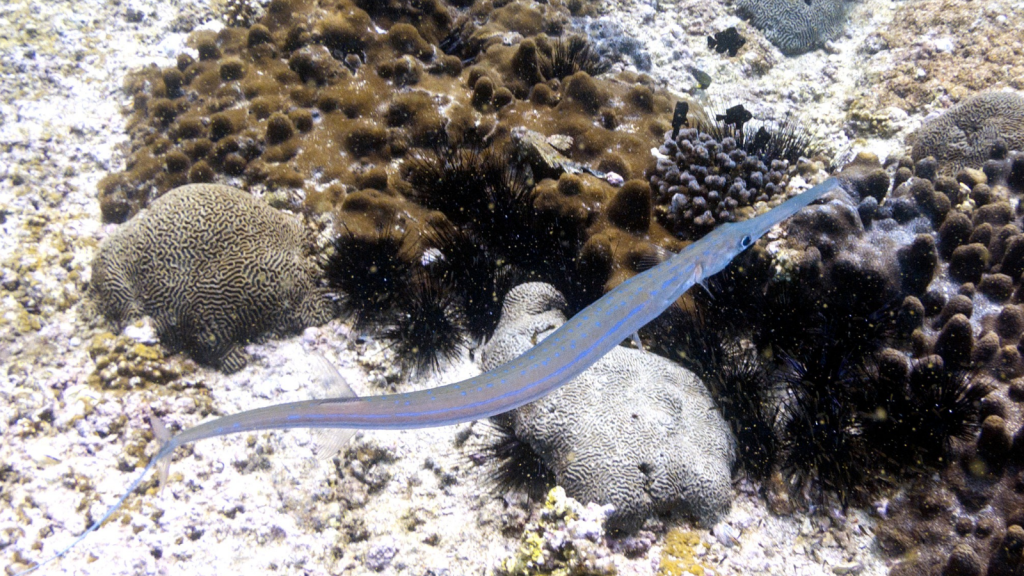
With their long, narrow beaks filled with sharp teeth, needlefish are formidable predators in many tropical lagoons. They’re known for leaping out of the water at high speeds. There have been rare instances of needlefish impaling humans, causing serious injuries or even death. Needlefish have a unique adaptation called countershading, where their backs are darker than their bellies, making them harder for both predators and prey to spot from above or below.
Pufferfish
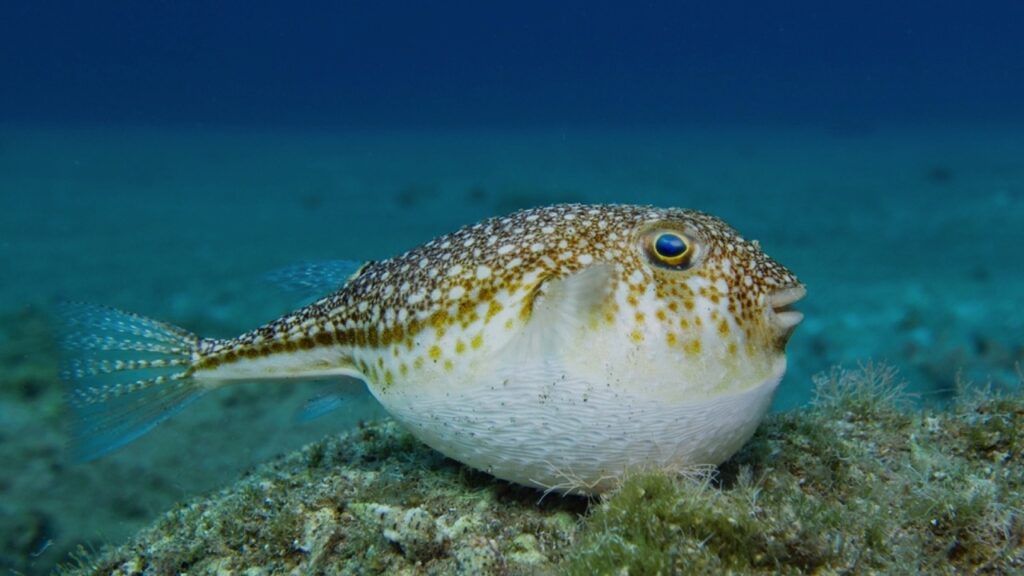
Many species of pufferfish inhabit lagoons worldwide. While famous for their ability to inflate, pufferfish are also extremely toxic. They contain tetrodotoxin, a poison more lethal than cyanide. Some cultures consider pufferfish a delicacy, but it requires careful preparation by licensed chefs to avoid potentially fatal poisoning. Interestingly, pufferfish don’t produce tetrodotoxin themselves; it’s believed to come from their diet of bacteria-laden algae and other marine organisms.
Portuguese Man-of-War
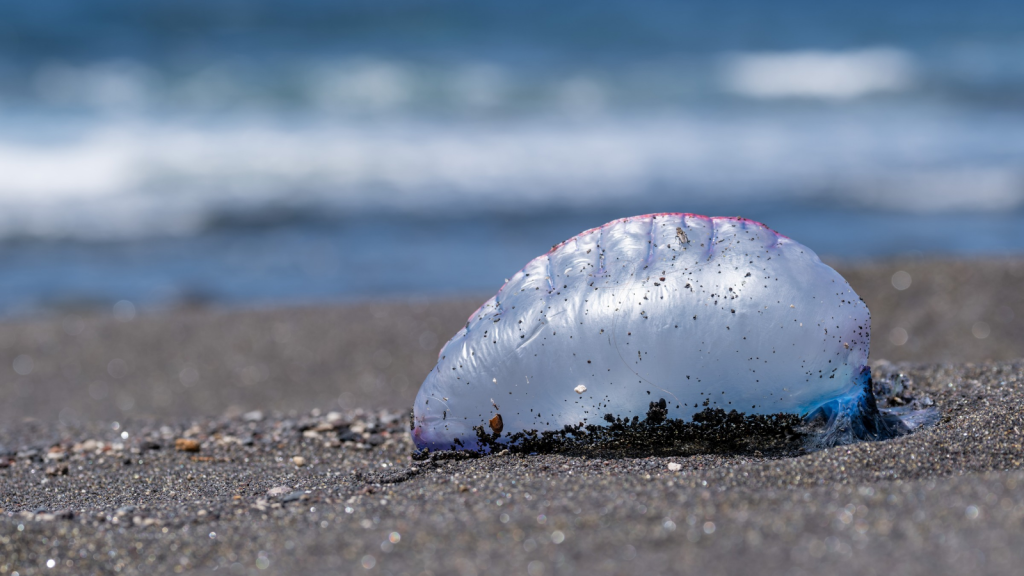
Often mistaken for a jellyfish, the Portuguese man-of-war is actually a colony of organisms working together. Its long tentacles, which can extend up to 100 feet, are covered in venomous nematocysts. While rarely fatal to humans, its sting causes welts and extreme pain. These creatures are often found in lagoons after being blown in by strong winds. The Portuguese man-of-war’s gas-filled float acts as a sail, allowing it to travel long distances across the ocean’s surface.
Stingray
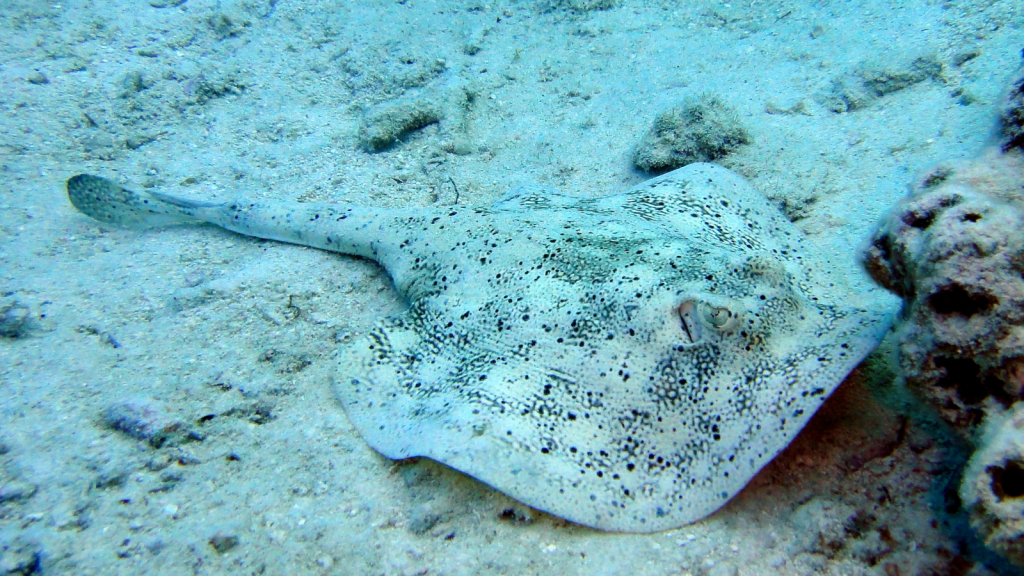
Several species of stingrays inhabit shallow lagoons. They have one or more barbed stingers on their tails, which they use for self-defense. A stingray’s sting can cause intense pain, bleeding, and in rare cases, more severe complications. Stingrays are generally non-aggressive but may strike if stepped on accidentally. Some stingray species have developed a fascinating symbiotic relationship with cleaner fish, which remove parasites and dead skin from the ray’s body.
Sea Urchin
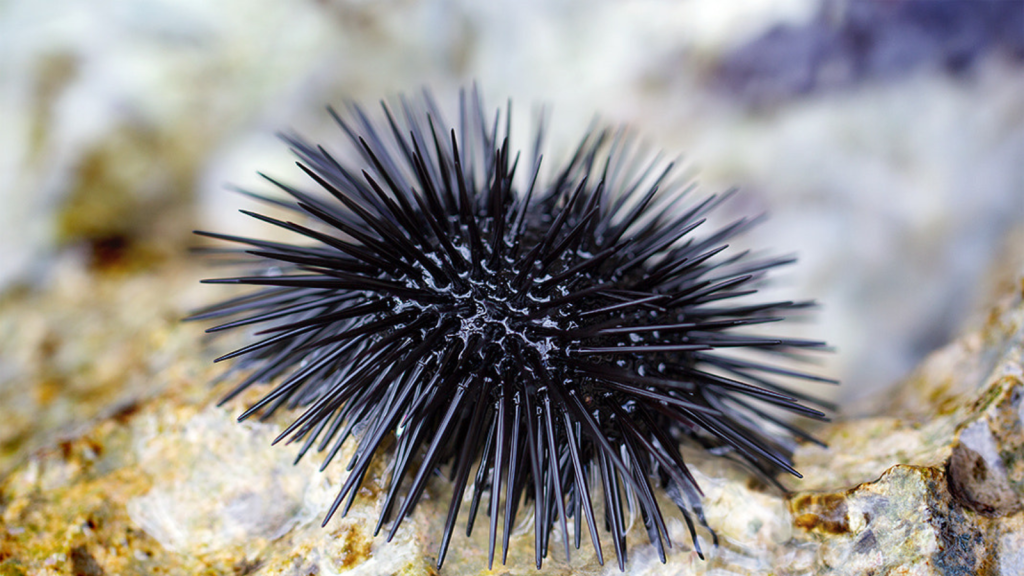
These spiny echinoderms are common in many lagoons. While not aggressive, sea urchins can cause painful injuries with their sharp spines. Some species have venom-filled pedicellariae (tiny jaw-like structures) that can cause additional pain and swelling. Stepping on a sea urchin can leave spines embedded in the skin, requiring careful removal. Sea urchins play a crucial role in marine ecosystems by controlling algae growth; in some areas, their absence has led to the formation of “urchin barrens” where algae overgrowth smothers coral reefs.
Fireworm
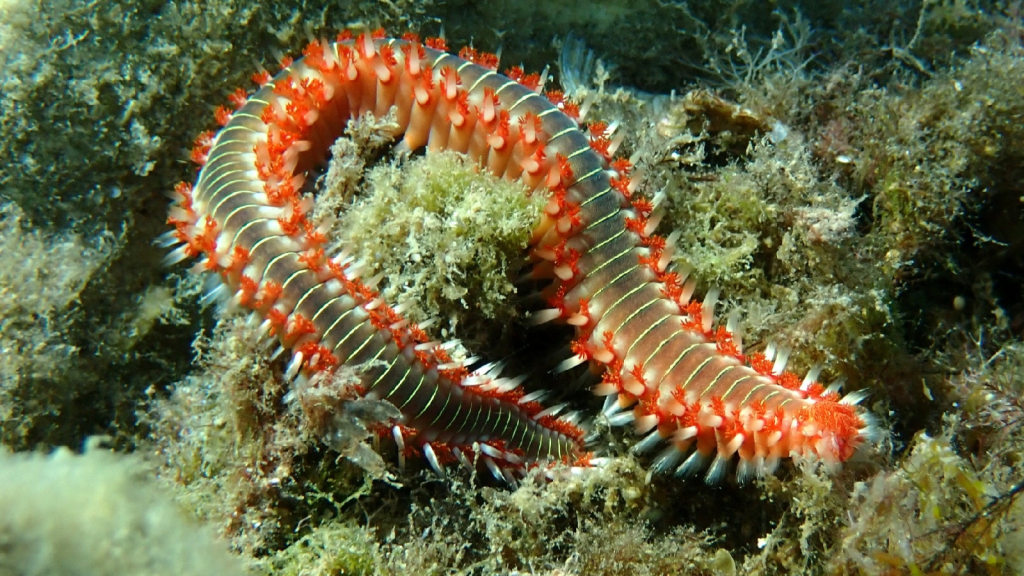
Despite their small size, fireworms pack a painful punch. These marine worms, found in many tropical lagoons, are covered in fine, brittle bristles that easily penetrate skin. These bristles contain a neurotoxin that causes an intense burning sensation, giving the worm its name. The pain can last for hours and is often described as feeling like being set on fire. Fireworms are known for their bioluminescent abilities, producing a bright green glow during mating rituals, which typically occur a few days after a full moon.

